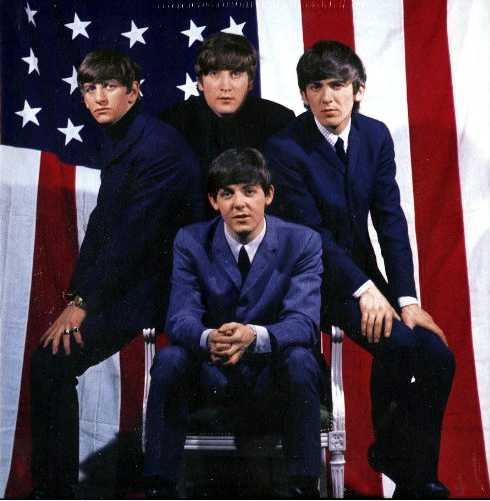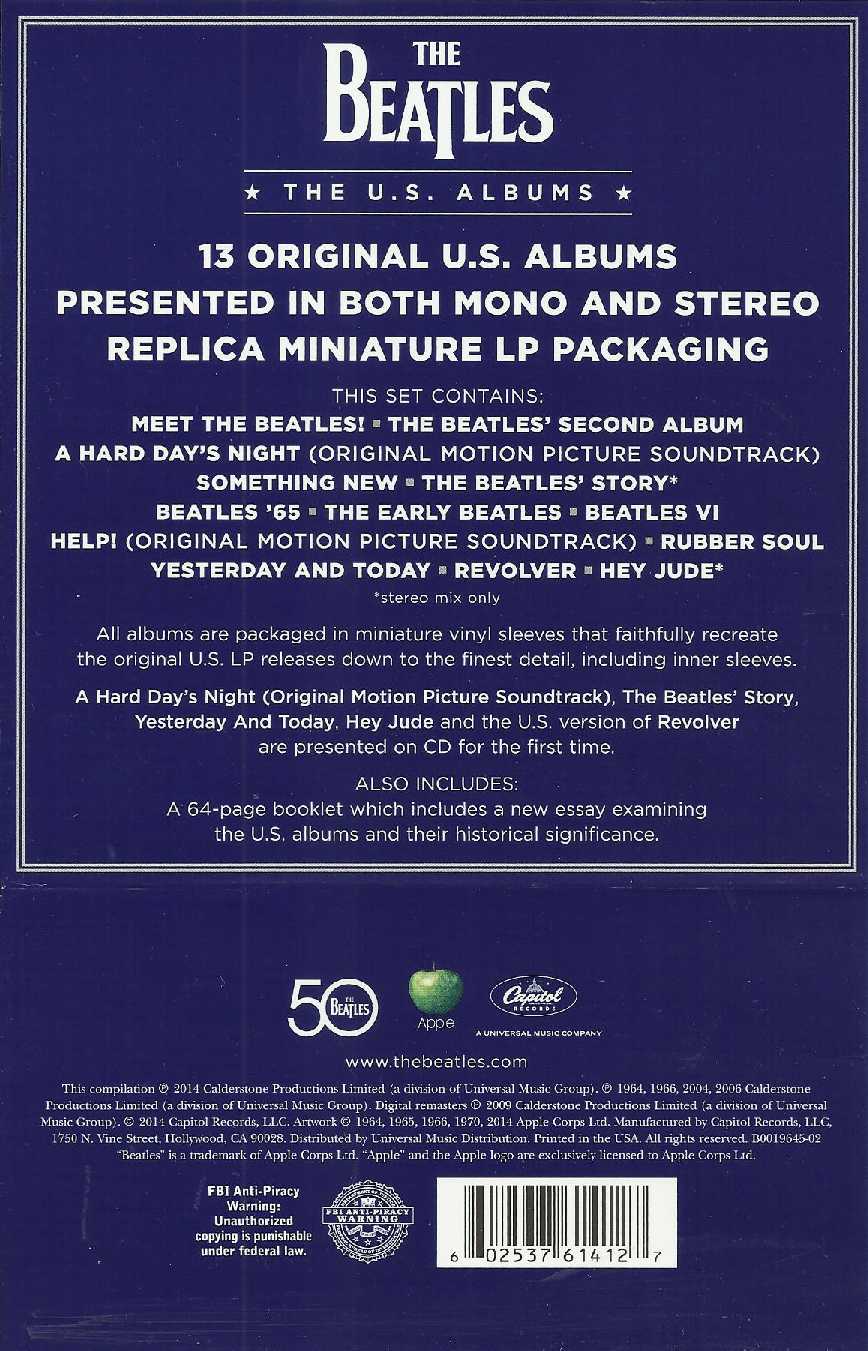

Comments By the time The Beatles reached America, their record company, Parlophone/EMI, had already released two albums and a handful of singles in their native England. EMI’s U.S. label, Capitol, had repeatedly rejected the group’s output for a year, but as word began to spread in America at the end of 1963, it finally relented and got behind the group’s latest single, ‘I Want to Hold Your Hand.’ This put Capitol in the enviable position of having a considerable backlog of songs at the very moment U.S. fans couldn’t get enough of The Beatles. But instead of putting out the same albums as Parlophone, Capitol compiled new ones out of whatever it wanted, with no concern for The Beatles’ artistic choices. There were a few reasons for this: For starters, U.S. albums rarely included more than 12 songs (possibly out of fear of fidelity loss due to “groove-cramming”), and all of the U.K. albums contained 14 tracks. Then there was the matter of the non-LP singles, a practice common in the U.K. but not in the U.S. Capitol needed a place to put hits like ‘I Want to Hold Your Hand’ and ‘She Loves You.’ In those first few years, The Beatles operated under a breakneck schedule of a new single every three months and a new LP every six months. Complicating matters even more was the issue of ‘Introducing . . . The Beatles,’ a near-repackaging of their U.K. debut, ‘Please Please Me,’ which was licensed to Vee-Jay Records when Capitol passed on it in the summer of 1963. As part of a lawsuit settlement, the rights to those songs were transferred to Capitol in October 1964 – a year and a half after they were released overseas. For their part, The Beatles were unhappy with this practice, but in all fairness, Capitol never had the chance to catch up. The band was simply too prolific in the early days. But by the time of 1967’s ‘Sgt. Pepper’s Lonely Hearts Club Band,’ the group was able to demand that the same album be released worldwide (with a couple of exceptions). When The Beatles first issued their entire catalog on CD in 1987, they decided to streamline their records once and for all, and only the original U.K. albums were released (except for ‘Magical Mystery Tour’). While this may have confused American fans who couldn’t get ‘Beatles VI’ or bought ‘Rubber Soul’ expecting to hear it begin with ‘I’ve Just Seen a Face’ only to get ‘Drive My Car’ instead, it ended their messy catalog headache for good. Until 2004 that is, when Capitol put out a box of the group’s first four U.S. records, replicating track listings and artwork, and followed it up two years later with the next four albums. And now there’s ‘The U.S. Albums,’ which compiles Capitol’s 12 LPs (including the first CD appearance of ‘The Beatles Story,’ a two-record cash-grab from 1964 made up of interviews and press conferences) and the soundtrack to ‘A Hard Day’s Night,’ which originally came out on United Artists.

© 2014 David Laurie